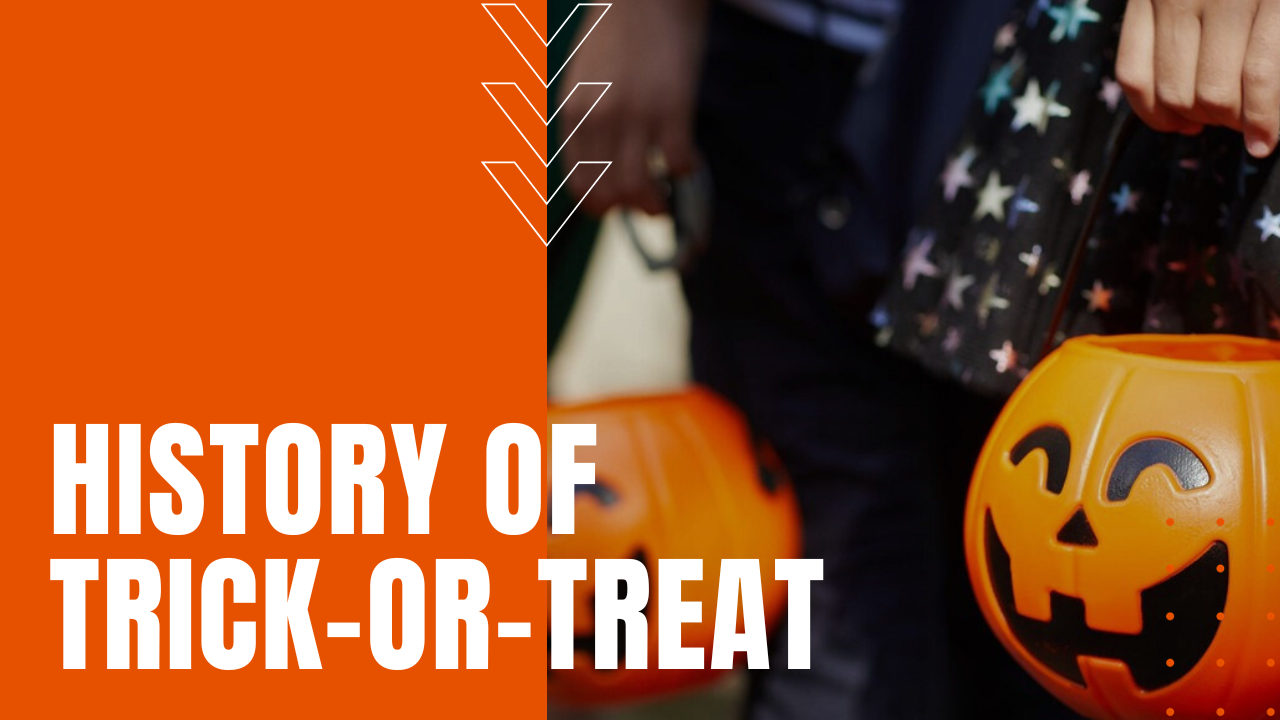History of Trick or Treat

Dating back to classical antiquity, the ancient Greek writer Athenaeus wrote that on the Greek island of Rhodes, children would walk house-to-house dressed as swallows, singing a common song that demanded homeowners give them offerings of food under the threat of mischief should the homeowner refuse, while in pre-Christian Anglocentric countries such as Ireland, Scotland, Wales and Brittany, the origins of trick-or-treating were further rooted in the Gaelic festival of Samhain, which was held on October 31st and the first day of November, generally near burial mounds that were temporarily opened up to the living.
The Living and the Dead Come Together
Believing that Samhain was a time when the world between the living and dead was unusually thin or close together, Pagan Celts believed that the souls of the dead and the souls of the living commingled on the night of October 31st, in a spiritual epiphany of everlasting life. During Samhain, Celts offered food and drink in an effort to appease the dead, while after the spread of Christianity, the custom of sharing soul-cakes on the same date—known as Allhallowtide—witnessed costumed revelers begging soul-cakes, apples or money as a tribute to the souls of the departed.
Rooted in Mumming
During the Middle Ages in Britain and Ireland, the tradition of mumming saw children roam from door-to-door in costumed disguises, performing short scenes from popular plays in exchange for food or drink. Other origins of trick-or-treating point to guising in Scotland and Ireland, or galoshans in the West Mid Scott dialect, where youths wore masks or painted their faces, reciting rhymes that threatened mischief if food or drink was not freely offered upon demand.
Arrival into North America
In North America, the first known spread of guising appeared in 1911 Ontario Canada, where the interjection of the term “trick-or-treat” became a common phrasing by 1917. After spreading into the United States, the phrase eventually worked its way backwards to Ireland and Scotland in the early 2000s, while the tradition of trick-or-treating has also found its way into northwestern and central Mexico as calaverita, which translates to skull in the English, where masquerading children on Halloween ask ?Me da mi calaverita, or can you give me my little skull, making the history of trick-or-treat, an enduring Autumnal tradition for sugar-charged children everywhere.
